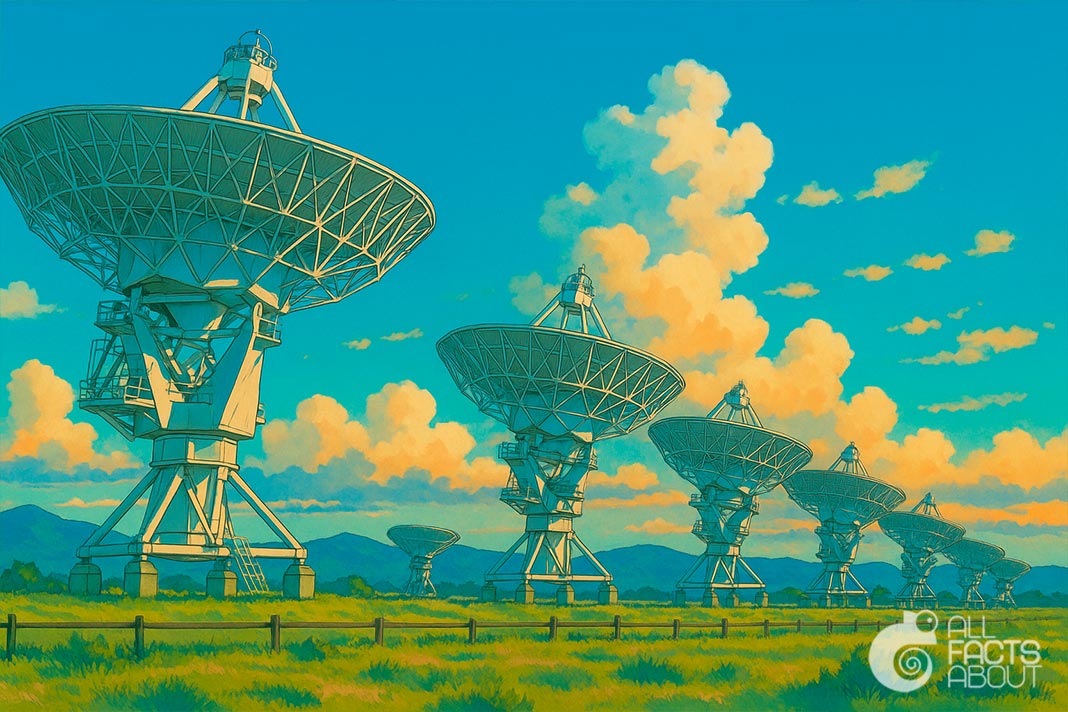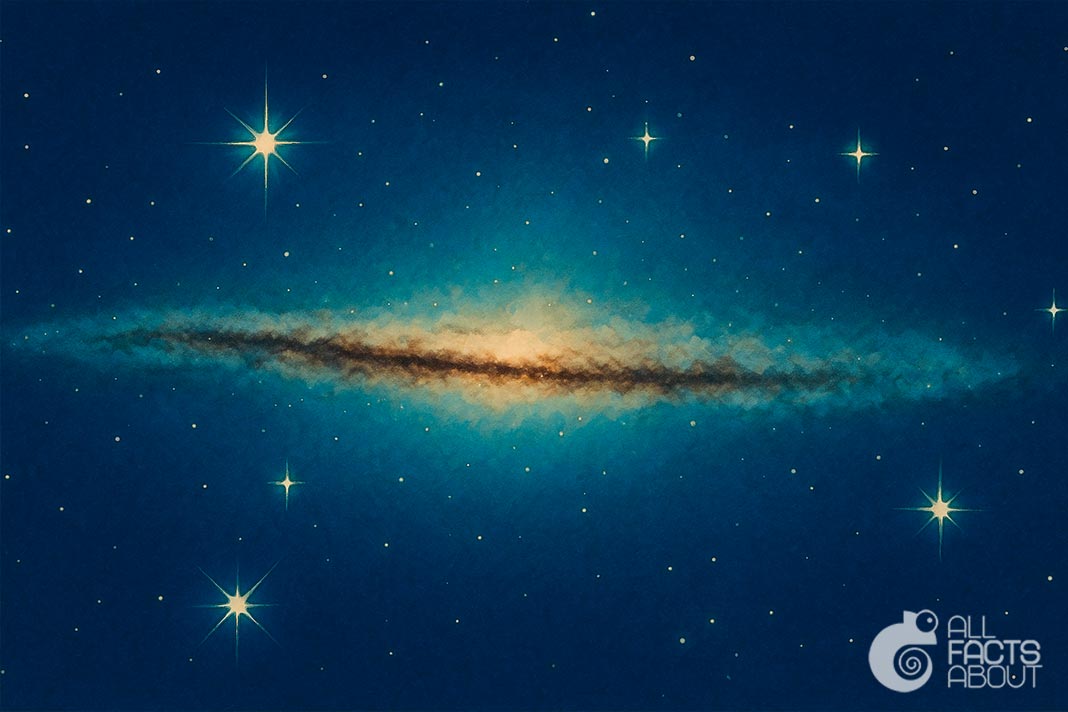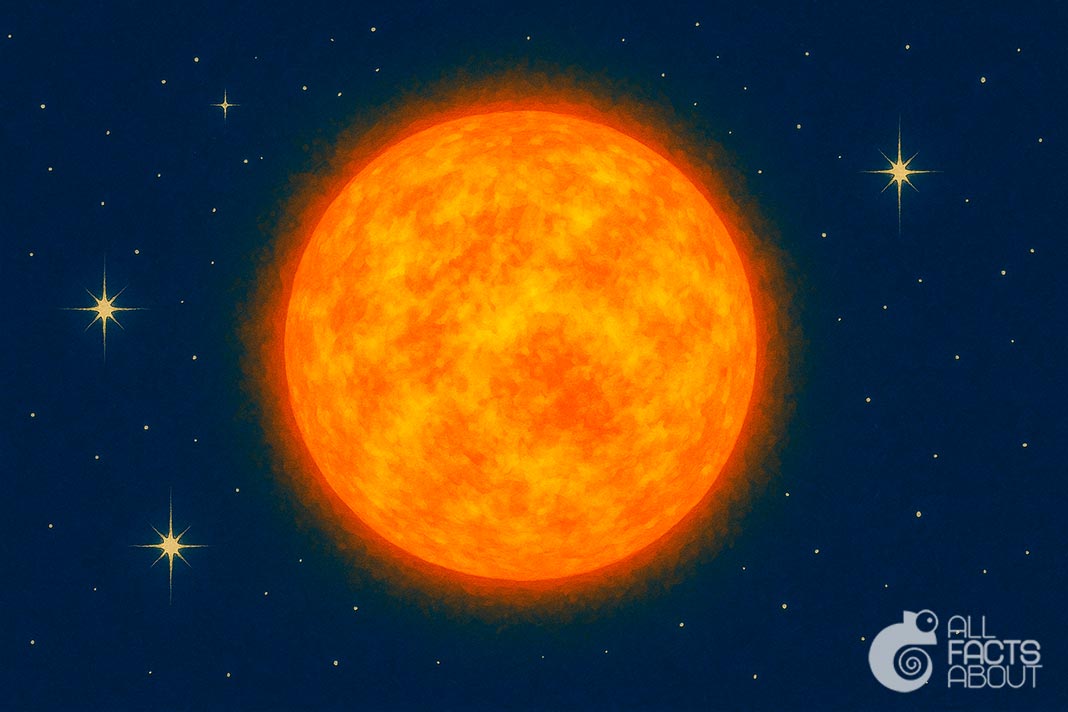More than a hundred years ago, astronomers believed that the Milky Way was the entire universe. There are about a hundred billion stars in our galaxy and about twice as many planets, so it’s no wonder scientists have made that mistake. The Milky Way is just one of the billions of galaxies in the universe.
1. In ancient Rome and Greece, the Milky Way was called the Milky River.
2. In India, our galaxy is called Akash Ganga, which from Sanskrit translates as “Ganges of Heaven.”
3. According to a Ukrainian legend, the Milky Way is called Chumatskyi Shlyakh (the Chumak Way). Chumak merchants once followed this bright trail of stars while traveling to the Crimean salt mines. The name remains popular in Ukraine today.
4. According to ancient Chinese myth, the gods raised the river to heaven, so the Milky Way appeared, and that’s why in China it is called “the River of Heaven”.
5. It is best to observe the Milky Way while away from artificial light sources. Due to the small number of people in Antarctica, light pollution is not very significant here, so it is one of the best places to fully enjoy the view of our galaxy, even with the naked eye.
6. The Milky Way emits radio waves that help scientists study its structure. Radio telescopes such as those used in the Very Large Array in New Mexico can detect invisible wavelengths emitted by interstellar gas and stars. These radio emissions give astronomers valuable insights into the spiral arms, star formation zones, and the position of the galactic core — all without relying on visible light, which is often blocked by cosmic dust.

The Very Large Array (VLA) is a collection of 27 radio antennas located at the NRAO site in Socorro, New Mexico.
8. The Earth is located on the outskirts of the Milky Way, the distance to the center of our galaxy is over 8.5 kpc or over 27,000 light-years. To better understand the dimensions of the Milky Way, imagine that the diameter of the solar system is only 1 mm, then the size of our galaxy would be over 85 km.
9. The size of our galaxy is about 100,000 light-years in diameter, and although it is extremely large, even on a cosmic scale, scientists have known much larger astronomical objects. The Milky Way is nine times smaller than the Messier 87 galaxy in the constellation Virgo. Even larger is the Hercules A, whose size exceeds 1.5 million light-years.
10. If the Earth were orbiting the Sun at the same speed as the stars orbiting the center of the Milky Way, then the year would last 3 days instead of 365.
11. Scientists today have no way of taking a photo of the Milky Way outside. The solar system is at almost equal distance from the center of our galaxy and its edge (the distance to the center is about 27 thousand light-years), so any photos of the Milky Way Galaxy are either an image of another galaxy or a reproduction of a talented artist.
12. Most people think of our galaxy as a huge flat disk, but in fact, the disk is far from perfect. Investigating similar galaxies, scientists have come to the conclusion that the Milky Way has a curved shape, due to the gravitational interaction with neighboring galaxies Large and Small Magellanic Cloud.
13. A similar gravitational distortion has a helical galaxy ESO 510-G13 in the constellation Hydra. Due to its interaction with neighboring galaxies, the equator forms a deformed disk, and probably similar deformation also occurs in our galaxy.
14. Our galaxy has at least four major spiral arms. While artists typically portray the Milky Way as having two or four arms, recent surveys suggest that it may include more smaller, fragmented arms. The main ones are the Perseus Arm, the Sagittarius Arm, the Scutum-Centaurus Arm, and the Outer Arm — all home to countless star systems, nebulae, and stellar nurseries.

Spiral galaxy ESO 510-G13 with a warped dust disk in the constellation Hydra.
16. The Milky Way rotates at a speed of about 270 kilometers per second. So the actual location in the space where you were an hour ago is now 972,000 km away.
17. The Milky Way moves through space at incredible speed. In addition to rotating on its own axis, the entire galaxy is traveling through the universe at a speed of about 600 kilometers per second, relative to the Cosmic Microwave Background radiation. This means the Milky Way is constantly moving toward the constellation Hydra, influenced by the gravitational pull of the Great Attractor — a mysterious dense region in space.
18. In the center of the galaxy is a supermassive black hole called Sagittarius A*. The mass of our galaxy is approximately 4.3 million times greater than the mass of the Sun.
19. Scientists believe that the mass of our galaxy is 90% composed of dark matter, which means that all objects that we can see with the naked eye or with the help of a telescope – make up only 10% of the mass of the Milky Way.
20. Globular clusters orbit the Milky Way’s halo. Globular clusters are densely packed groups of ancient stars, some over 12 billion years old. These clusters orbit the galactic center in a spherical halo, unlike the disk-shaped rotation of most stars. Their presence offers clues about the galaxy’s early history and formation.
21. The oldest known star in our galaxy is the red giant in the constellation of Libra – HE 1523-0901. Scientists believe that the star formed shortly after the Big Bang and is only half a billion years younger than the Universe. It is 7500 light-years away from Earth and is about 13.2 billion years old.

Red giant HE 1523-0901 — one of the oldest known stars, located in the constellation Libra.
23. The Milky Way is constantly growing as it merges with other smaller galaxies. The Milky Way is currently absorbing stars from the Sagittarius Dwarf Elliptical Galaxy.
24. To leave the Milky Way Galaxy, stars or any other object requires an extraordinary amount of energy. The facility is expected to reach speeds in excess of 1.5 million km / h. Today, astronomers have recorded less than two dozen giant blue stars thrown outside our galaxy.
25. The Milky Way and Andromeda galaxies are expected to collide in around 4.5 billion years, merging to form a giant elliptical galaxy or a large lenticular galaxy.




